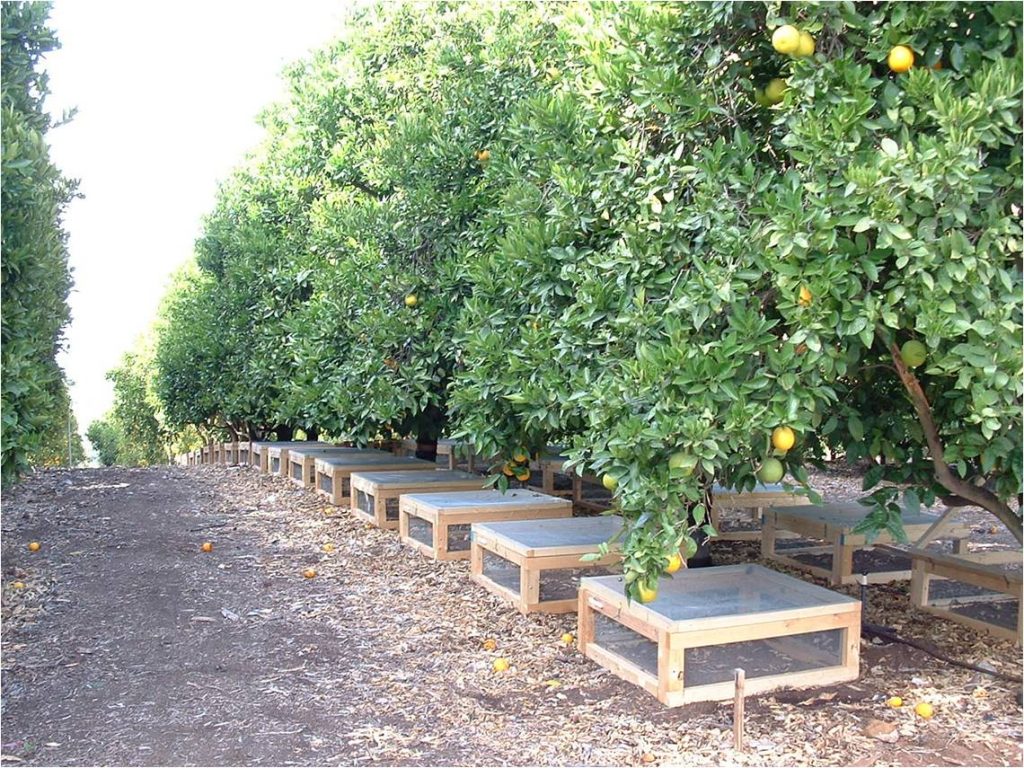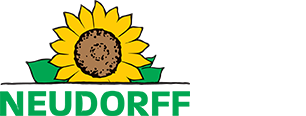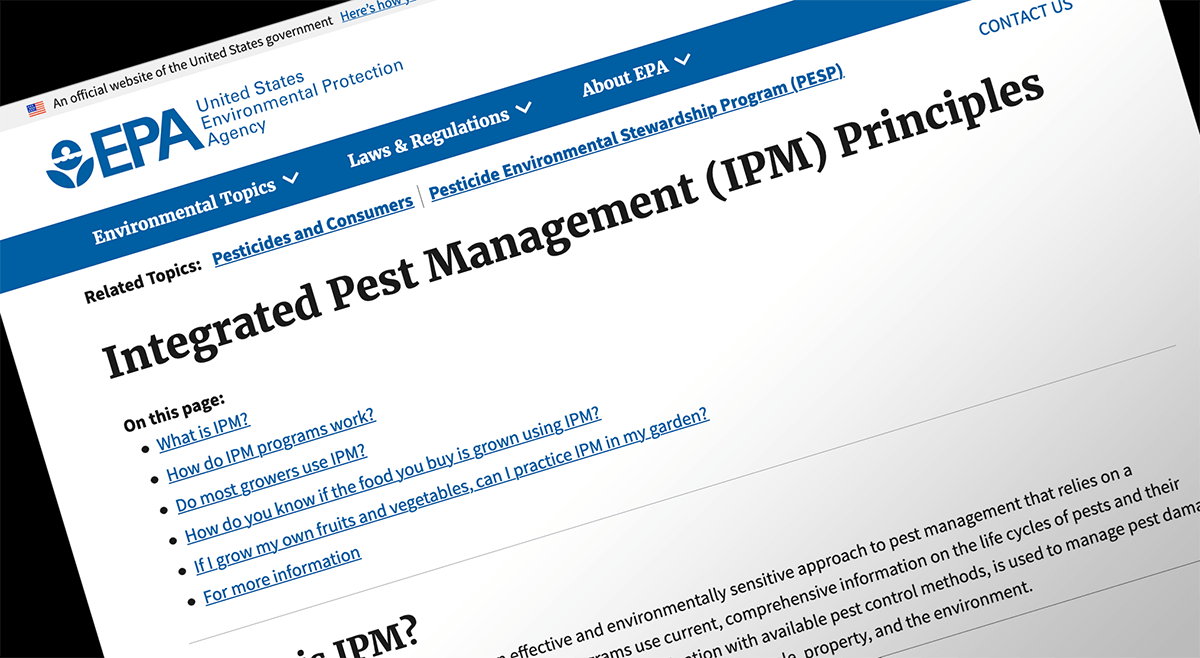Supplementing ground and crop management practices with powerful baits approved for conventional and organic production is an efficient way to achieve as much control as possible.
Slugs and snails can rob performance from any crop. They’re among the most destructive pests in agriculture. In fact, slugs alone can wipe out a slow-growing crop in just a few days, according to The Ohio State University. Both pests thrive in damp and wet conditions, common during spring. They’re most active at night and on cloudy and foggy days. They hide when it’s sunny and warm, so often the only evidence of their presence is missing or damaged plants and slimy, silver trails.

Successfully managing these pests takes a combination of practices. Where possible, the first step is to remove as many places as possible where they can hide during the day. Debris, weedy areas around tree trunks and dense ground cover are ideal for them to avoid sun and heat.
Green cover crops can harbor these pests, so baiting to reduce populations before the cover crops are disked, mowed or dried down is sound management. Otherwise, slugs and snails can move out of disturbed cover crops and infest the crop.
Early warm spells, especially right after rainfall, make for prime baiting weather. These periods give the pests time to come out of hibernation, get active and start feeding on your crop and profits. Supplementing ground and crop management practices with powerful baits approved for conventional and organic production is an efficient way to achieve as much control as possible.
Two baits have shown to be especially effective at controlling all species of slugs and snails.
Ferroxx® AQ Slug and Snail Bait from Neudorff North America is an iron-based, waterproof bait, resistant enough that it is labeled for aquatic application. This characteristic also helps the bait last a long time on the ground. With iron phosphate as the active ingredient, Ferroxx AQ can be used around pets and wildlife. Because it is MRL-exempt, Ferroxx AQ may be applied to all food and feed crops, unlike competing baits. Snails and slugs are lured to the bait. Once ingested, even small amounts will cause them to stop feeding and die. The product has one label for all use sites and its micro pellets allow for the maximum number of baiting points. Ferroxx AQ is labeled for broadcast, aerial, and direct aquatic application.
Sluggo Maxx® Slug and Snail Bait, also from Neudorff, is the most powerful slug and snail bait for organic agriculture. It is OMRI Listed®, MRL-exempt and offers fast-acting protection up to the day of harvest. It simplifies compliance because it can be applied to a wide variety of crops and has no annual maximum or re-application interval. Sluggo Maxx can be applied via broadcast, over-the-top, aerial and aquatic methods. It can be used around pets, wildlife and domestic animals.

